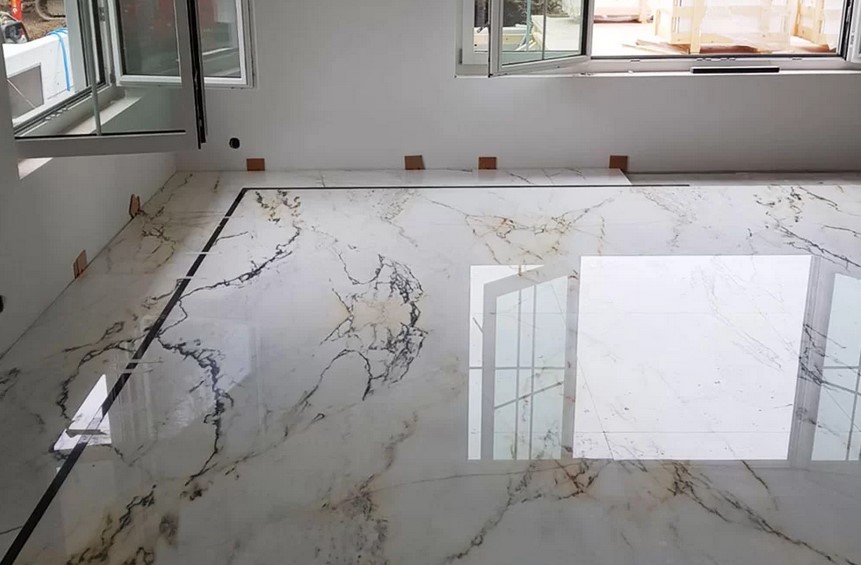
If you have wondered what marble polishing is all about, you are not alone. The brilliant, gleaming polish of newly placed marble reflects light, making the space appear exquisite. Although it is long-lasting, it is porous and stains rapidly; constant maintenance is required. However, marble polishing Manhattan, NY is simple if you have the right tools. This article will provide information about this service, which can help you restore a damaged, shiny finish. Here are some reasons why you may need this service:
Remove Etching
You can use a professional-grade compound to remove etching on marble. It is designed to repolish the marble surface with abrasion, friction, and coating, much like polishing a gemstone. A few minutes are required to restore the marble to its original polish. This compound is easy to use and professional-grade, so you’ll never have to worry about damaging the marble.
If the etching is too large to be removed by a regular polishing process, you can try a marble poultice. After applying the powder:
- Rub the marble with a damp cloth to expose the clean sections.
- Repeat if necessary. If you’re doing this for a large area, you can use marble polishing powder to remove etching.
- Apply a protective sealant to protect the marble afterward.
Restore Damaged Shiny Finish
You can restore a damaged shiny finish on marble by restoring its natural shine using a polishing procedure. Marble is very reactive and sensitive, making it prone to scratches and stains. Common damage to marble can be a ghost stain, water spot, or glass ring. In addition, acidic substances, like orange juice, can erode the marble surface and remove its polished finish. It will reveal dull marble underneath.
A marble polishing powder is available at home improvement stores and some manufacturers. Apply it with a damp cloth and gently buff it to the blemishes. Let the marble dry before buffing it again. Once dry, it will have a shiny, new look. You can do this yourself if you don’t have the time or money to hire a professional. Visit your local home improvement store and purchase marble polishing powder to get started.
Remove Stains
You can use a variety of cleaners to remove stains from your marble. Vinegar will help to break down calcium in stains. Washing up liquid will also help to clean the surface, and a homemade cleaner will be helpful for regular maintenance. Always test new products on a small area before applying them to the marble. Use a marble polishing agent recommended by the manufacturer. Once you’ve removed the stain, you’ll want to keep the marble clean.
Another method of removing stains from marble is to apply acetone to the stain. Acetone is similar to the chemical in nail polish remover. You won’t get the same results by just pouring it onto the stain; you’ll likely want to mix a solution of acetone and water and apply it to the stained area. Coffee, tea, and wine are all considered organic stains. It is because they hydrate the marble and retain the stain’s memory.
Remove Opacification
If you have noticed opacification in your marble floors, you might wonder how to remove it. While marble polishing professionals are experts at this task, you can use homemade marble polish in small areas to restore marble’s natural luster. If you have only a few small stains, however, you may be able to remove the opacification yourself. A poultice is a cleaning paste that draws out the stain and breaks it up. You can make one by combining baking soda, water, hydrogen peroxide, or ammonia. You can use any solvent you want. You can mix a few of these ingredients into a paste and then apply them to the stain.
